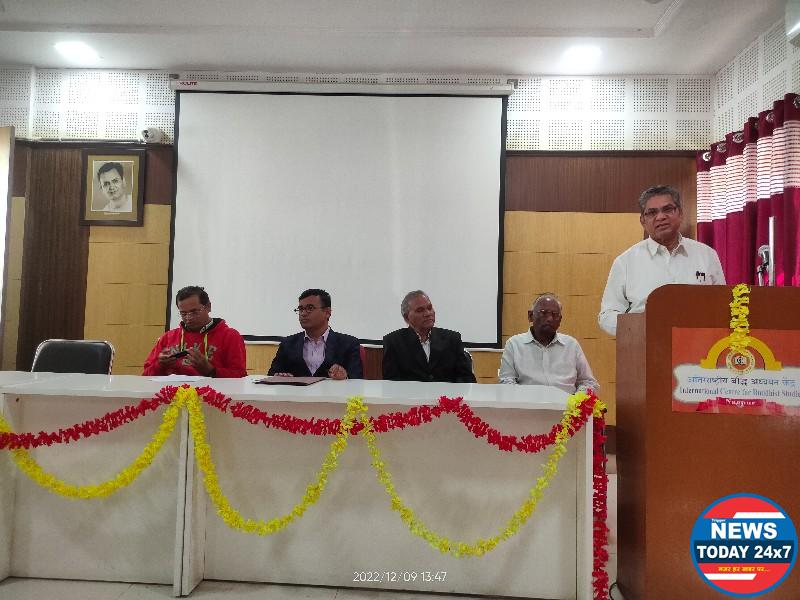US-led dollar bloc uses policy tightening to hit back at commodity producers led by Russia. Indian economy feels the heat.
TO A TEXT-BOOK ECONOMIST, the world has probably stopped making sense, especially on commodities. The Russia-Ukraine war, for instance, should have bolstered prices of industrial metals such as steel and aluminium, but their prices have plummeted. In a text-book world, inflation would have pushed commodity prices higher, but second half of 2022 saw a significant correction in most industrial and precious metals.
The year 2022 has also challenged conventional monetary policies adopted by countries during war. Countries usually relax monetary conditions when at war, but in 2022, central banks around the globe are tightening purse strings after more than a decade of quantitative easing.
As the post-Covid-19 world expected enormous amount of rebuilding efforts, there was a massive bull run in commodities. Driven by supply constraints, commodity prices soared and created the mirage of a commodity super cycle that fizzled out in second half of 2022. What triggered such an abrupt end to the two-year bull-run? Why are prices coming down despite war and inflation, both of which are generally considered good for commodities? The succinct answer is: Geopolitics.
Currency Vs Commodities Cartel
Commodities and currencies are pawns in the tussle between Russia and the Western bloc led by U.S. On the one end, Russia has weaponised commodities, and on the other, U.S. is using its dollar hegemony to deter ambitions of commodity producing nations.
Global commodity trades are primarily done in U.S. dollar and euro. Thus, commodity producing nations keep their earnings in dollar-and euro-backed assets. Prior to war, around 80% global forex reserves were invested in these two currencies. Threat of seizure of these investments put ‘commodity cartel’ nations at the mercy of ‘currency cartel’ nations.
But after Russia’s invasion of Ukraine, commodity producing nations, primarily OPEC members and Russia, banded together and started pushing up prices by curtailing production. This forced U.S. and other energy consuming countries to induce commodity demand destruction through tighter monetary policies. It is not a coincidence that U.S. Federal Reserve, after running a loose policy for years, raised interest rate in mid-March after just two weeks of Russian invasion of Ukraine. The European Central Bank followed and increased rates after a decade. Since March, most nations in western hemisphere have hiked rates with the prime objective of curtailing demand for commodities. This demand destruction has halted the rally in commodities despite attempts of blocs such as OPEC to push up prices through war and production cuts.
RAJIV RANJAN SINGH


